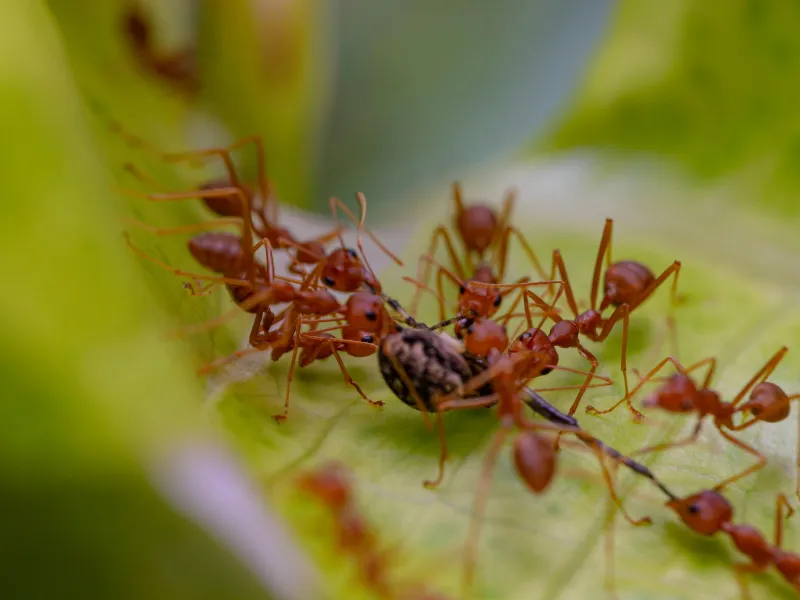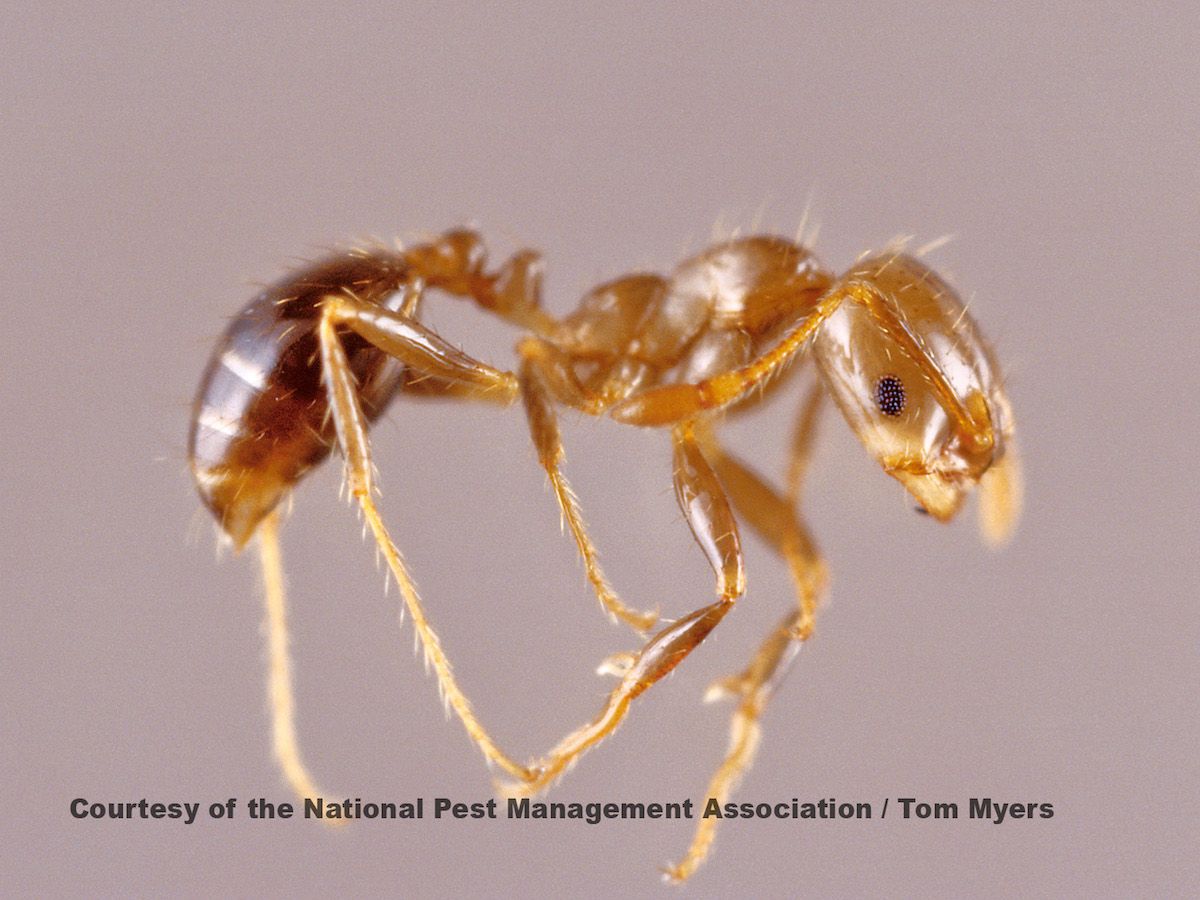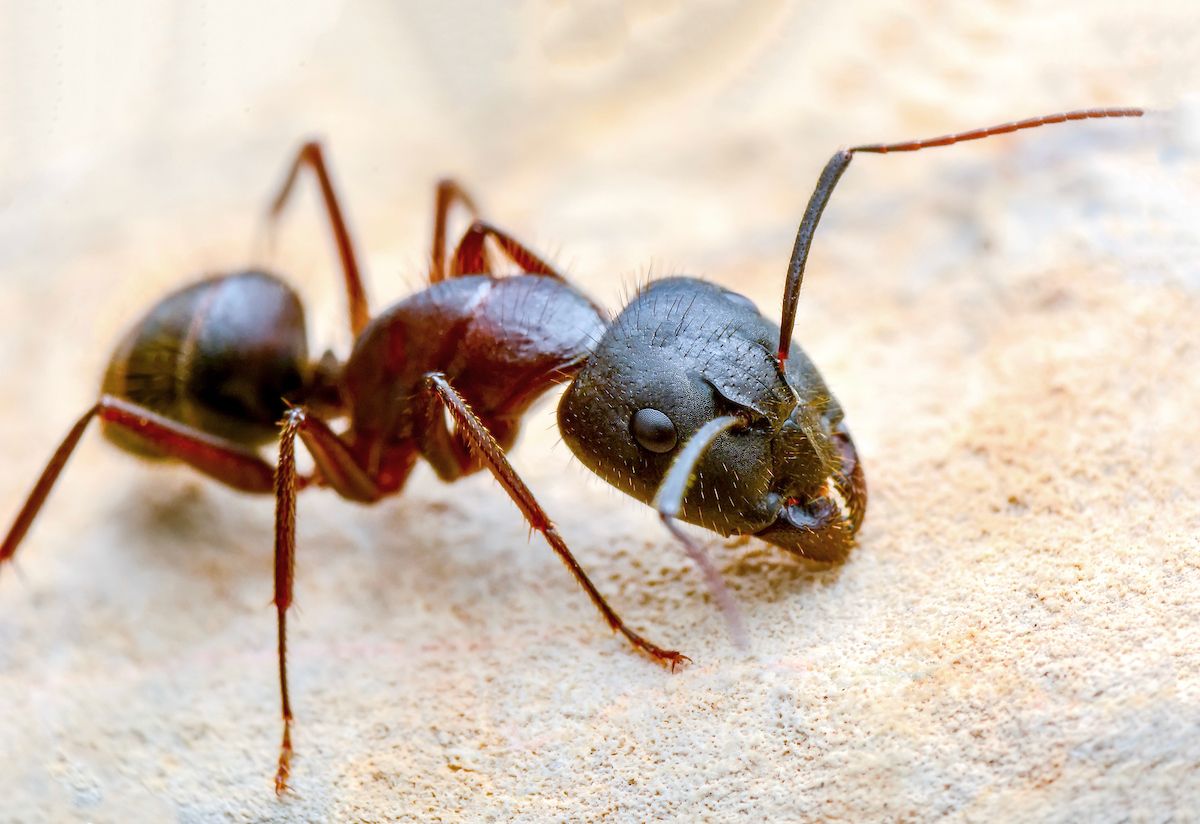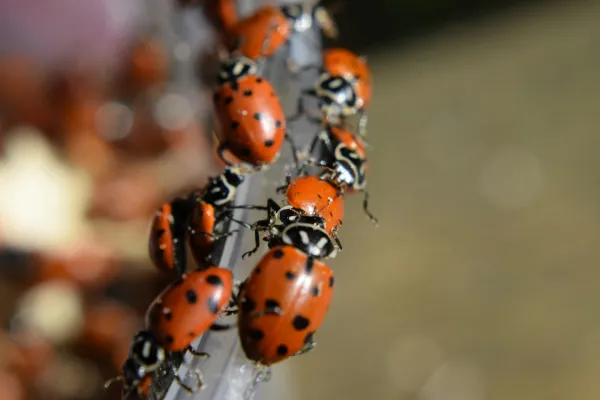Types of Fire Ants

Fire ants are tiny insects known for their fiery sting and intricate social structures. Their tenacity and resilience have captivated the curiosity of scientists and intrigued nature enthusiasts worldwide. The Red Imported Fire Ant (Solenopsis invicta) and the Southern Fire Ant (Solenopsis xyloni) are two species of fire ants prevalent in the southern United States. It only takes one encounter with a fire ant to know you want to avoid repeating the experience. Here's some information about each.
Red Imported Fire Ant (Solenopsis invicta):

Origin: Native to South America, particularly Brazil, the Red Imported Fire Ant was believed to have been accidentally introduced to the United States in the 1930s through either the port of Mobile, Alabama, or Pensacola, Florida.
Appearance: Worker ants are reddish-brown and vary in size, with the larger workers typically about 1/8 to 1/4 inch in length.
Nesting: These ants are known for building large, dome-shaped mounds, up to 18 inches in diameter, in open areas such as lawns, parks, and fields. Their nests can also be found in rotting wood and under stones.
Aggressiveness: Red Imported Fire Ants are known for their aggressive behavior and painful sting. They are quick to defend their nests and can deliver multiple stings, causing irritation and sometimes allergic reactions in sensitive individuals. The red imported fire ant's sting contains venom with alkaloid properties, showcasing strong neurotoxic effects. About 95% of the venom consists of these alkaloids, playing a role in the pain and the formation of a white pustule observed approximately one-day post-sting.
Life Cycle: The lifespan of red imported fire ant workers depends on their size. Minor workers typically have a lifespan of 30 to 60 days, medium-sized workers live for 60 to 90 days, major workers endure for 90 to 180 days, and queens may live from two to six years. The entire developmental cycle, from egg to adult, unfolds over 22 to 38 days.
Impact: They have become a significant pest in the United States, causing economic and ecological problems. They can damage crops, invade electrical equipment, and outcompete native ant species.
Southern Fire Ant (Solenopsis xyloni):

Distribution: The Southern Fire Ant is native to the southern United States and has recently been found from Georgia to California. While southern fire ants can be found in the southeastern states, they are most abundant in the southwest US, particularly within southern California and Arizona. The Red Imported Fire Ant has pushed these less-aggressive ants out of the southeast, but they are still occasionally found in their historic range.
Appearance: These ants are similar in appearance to the Red Imported Fire Ant, with reddish-brown coloring. Worker ants range in size from about 1/8 to 1/4 inch and possess relatively large eyes. Their bodies are covered with tiny golden hairs that are not usually visible without the aid of magnification.
Nesting: Southern Fire Ants typically build nests in the soil or near moisture, and their mounds are smaller and less noticeable than those of the Red Imported Fire Ant. They can also nest in decaying wood. Unfortunately, southern fire ants are also well known for establishing one or multiple nests within homes, particularly within wall voids, wood, cement, masonry foundations, crawl spaces, and carpeting.
Aggressiveness: While they can deliver painful stings, Southern Fire Ants are generally less aggressive than the Red Imported Fire Ants. However, case reports have described potentially fatal anaphylaxis to southern fire ant stings in southern California.
Impact: Southern Fire Ants play a complex role in the ecosystem, providing some benefits such as controlling certain pest populations. However, they can also be considered pests when they invade urban areas.
Both of these ant species are known for their ability to adapt to various environments, making them successful invaders in rural and urban areas. Management strategies for these ants often involve a combination of chemical control, biological control, sanitation, and cultural practices. Call us at 800-585-8019 to get started, or click here.


